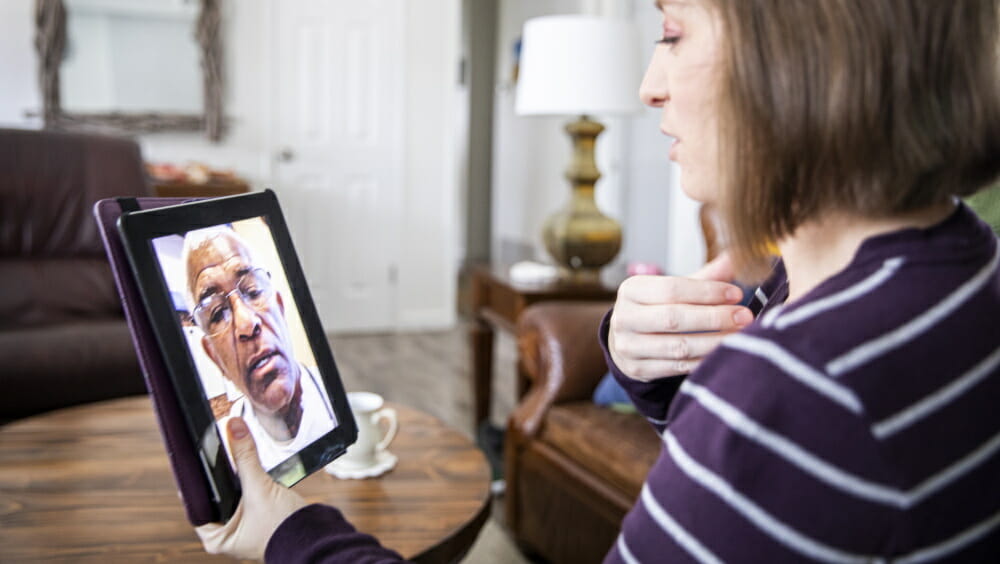The use of telemedicine has been surging since the onset of coronavirus disease 2019 (COVID-19), with millions of Americans now using this medium for connecting with their clinicians, according to a report that appeared in Kaiser Health News.1 The increase in use of this modality can be attributed to fears of contracting COVID-19, social distancing requirements, and shift in payment rules. For example, government and private insurers are now requiring telemedicine to be covered by insurers at the same rate as an in-person visit would be. Moreover, Medicare expanded reimbursement for telemedicine, which was once allowed only for people living in remote areas.2
The dramatic and rapid expansion in telemedicine has left many clinicians scrambling to institute this new means of conducting medicine; and even more seasoned providers who had been using telemedicine in their practice must learn to move telemedicine from the periphery to front and center of their practice.
To provide insight into the tasks required to transition to a primarily telemedicine-based practice, we turned to Michael J Sacopulos, JD, CEO of Medical Risk Institute (MRI), a firm that provides “proactive counsel” to the healthcare community to identify where liability risks originate and to reduce or remove those risks. He is also General Counsel to Medical Justice Services. Mr Sacopulos is the coauthor of Tweets, Likes, and Liabilities: Online and Electronic Risks to the Healthcare Professional (Phoenix, MD; Greenbranch Publishing: 2018).
“Telemedicine is not new,” according to Mr Sacopulos, “but what COVID-19 has done is accelerate a trend that was already there, making the world of telehealth explode. So it is important to address both present and future challenges that may arise as you make the transition.”
1. Decide if you plan to continue using telemedicine once the COVID-19 crisis is behind us.
You need to decide if you are going to do telemedicine just during this time of crisis or whether you want to have a permanent or long-term telemedicine practice. This is important for a number of reasons. One is that many of the requirements have been loosened because of the emergency nature of the current situation. For example, the Office of Civil Rights in the Department of Health and Human Services (HHS) has indicated that they will use their discretion in not pursuing what would otherwise be violations of the Health Insurance Portability and Accountability Act (HIPAA).3 Clinicians engaging in telemedicine in good faith to promote social distancing and good patient care can use less secured, non-encrypted forms of transmission such as FaceTime, WhatsApp, or Skype if no other platform is available. However, you should notify patients that these third-party applications potentially introduce privacy risks, and enable all available encryption and privacy modes if you are using these applications. It should also be noted that applications such as Facebook Live, Twitch, and TikTok should not be used in the provision of telemedicine.
This article originally appeared on MPR
